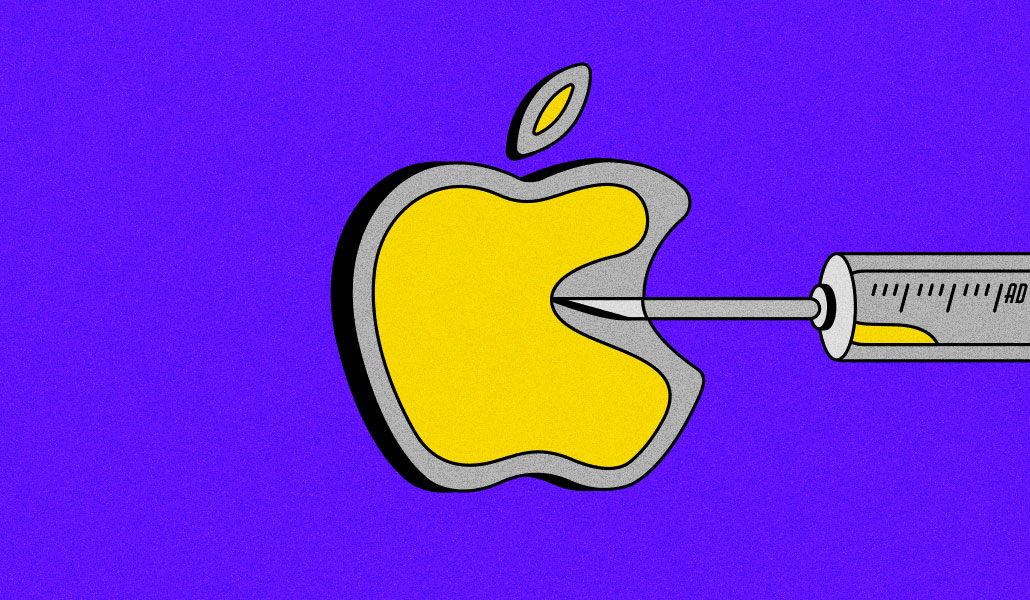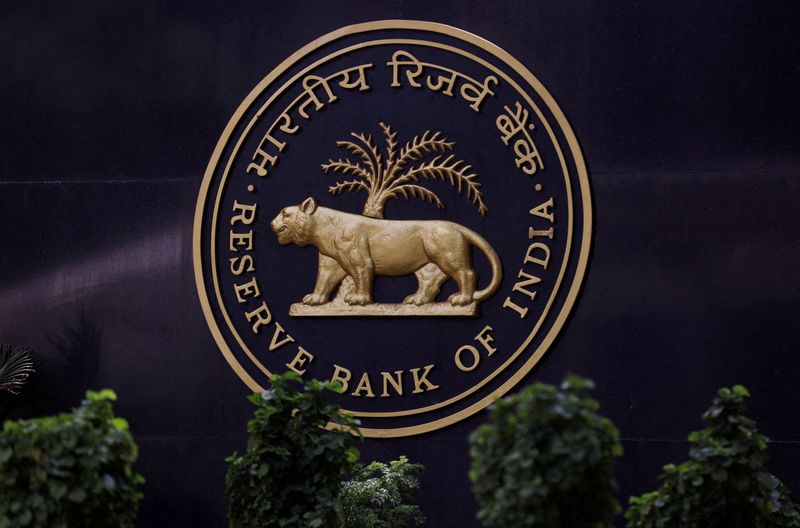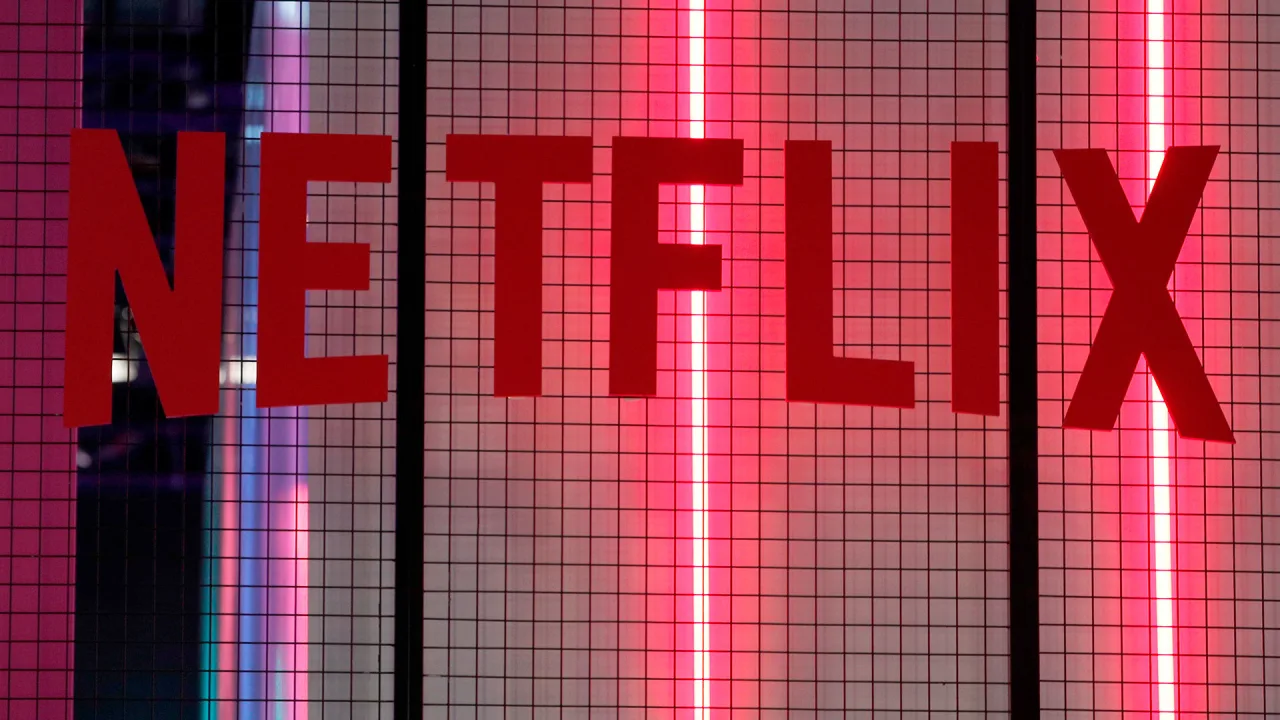Your pantry can reveal your age, social circle, and even how confident you might be feeling about the economy
It turns out taking a peek in your pantry can say a lot about you.

- Hormel Foods uses cultural anthropology to gain deep insights into consumers’ lifestyles by analyzing their pantries and food habits, helping the company stay ahead of culinary trends and consumer behavior shifts. As economic uncertainty grows, Hormel sees the pantry as a source of emotional comfort and security for all income levels, making its products essential for both practical needs and cultural self-expression.
Tucked in cupboards and buried in freezers are quiet clues about household habits. They reveal not only what people eat, but who they are—their ages, hobbies, relationships, and even how far they’ll go on a culinary adventure.
To Hormel Foods’ in-house cultural anthropologist, Tayna Rodriguez, these items paint a rich picture of evolving consumer behavior.
From longtime staples like SPAM—now something of a global cult favorite—to newer products from brands like Justin’s and Hormel Gatherings, the Fortune 500 company uses pantry observations to forecast food trends. The goal: hit peak demand, not chase it.
And in a time of mounting economic strain, that insight has never been more critical.
Ramen or pasta?
Rodriguez has lent her anthropological expertise to Hormel—a business with a market cap of more than $16 billion—for nearly two decades. She visits customers at their homes to understand their "functional and emotional" connections to food.
This begins the moment Rodriguez arrives on the doorstep: "I'd sit with you for a while before we go into the kitchen. I want to see your pictures, what kind of things you have in the house, if you're a hunter you might have some trophies out, I want to see what that's about. Maybe I see your kids are into scouting, I want to see how food fits into that."
After that context "grounding," Rodriguez begins her search for the biggest giveaways.
"One of the major places you can get a quick read on who somebody might be is in the condiments," she explains to Fortune. "Have you got spices and condiments? You can learn a lot right there. Do they have more exotic spices or is it the typical salt and pepper?
"Then all of a sudden I see SPAM, and I see fish sauce. I see a little bit more of the exotic—maybe some of the Asian elements—and I'm like: 'Tell me what you do with that.' All of a sudden, this can of SPAM is transporting them to Asia and a Korean experience ... and they're like: 'I love Korean food and I'm into the Korean dramas too' and then you get an idea of how globally informed they are."
Age differentiators can be signaled by starch food type, Rodriguez added: "For older generations, you'll see the pastas, but for the younger generation, you might have the udon noodle [or] traditional ramen noodles. So right there you can see a difference of where [they] want the same thing, but how it's being delivered is really different."
Gen Z pantries also differ in they stock levels, Rodriguez said, saying that while younger generations had "healthy" amounts of goods they were more curated towards certain cooking styles as opposed to a catch-all for every circumstance.
Products are also taking on a new lease of life courtesy of cultures increasingly blending through family ties and friendships, Rodriguez added, pointing, for example, to Hormel chili, which is often purchased by Hispanic customers.
But with Mexican food seeing a surge in popularity in certain parts of the country, Rodriguez continued: "Now you see other consumers who are not from a Hispanic heritage saying: 'I can make enchiladas at home', or they're learning to make chilaquiles and going, 'Wait, I could put SPAM on chilaquiles.'"
Edible experiences
Research has suggested that generally only older generations can afford to splurge on fine dining experiences, particularly since the pandemic, while younger people are enjoying culinary luxury elsewhere.
For example, a study last summer from Bank of America found consumers across the spectrum are increasingly choosing to eat at more convenient, less expensive establishments, with Gen Zers being the least likely to eat in premium restaurants.
Conversely, a McKinsey and Company survey found that groceries were the top spending priorities for Gen Z and millennials, outpacing categories like travel, fitness, apparel and beauty purchases.
"Consumers want that experience that is either going to help create memories or even transport them back into nostalgic memories," explained Lisa Selk, vice president of Brand Fuel, Hormel's hub of consumer insight.
"The other part is that it allows them a little bit of flex and freedom to show off their personalities—we see a lot of social media coming into that, and sharing culture across friend groups and family groups as well. It's a way then for them to experience culture without having to necessarily travel or always go out to eat."
While millennials told McKinsey their focus was on groceries due to having children, Gen Z said it was because they enjoyed splurging on status items like quality snacks and beverages.
Hormel is keen to capitalize on this at-home experience. For example, when it looks at pizza trends, it identifies hot honey and mortadella (an Italian sausage that also often contains pistachio and black pepper) as two ingredients that can easily move from fine dining or restaurant menus to regular pantry items.
"Consumers have always been walking this path of stretching their dollars and making trade-offs, so it's not necessarily something new," Heather Vossler, assistant vice president of insights, innovation and brand analytics at Hormel tells Fortune.
"We're seeing some different patterns ... we're seeing more sauces and condiments in homes, for example, and I think a lot of that is because of that [want for] experience."

Pantry security
Economic uncertainty is a key risk facing every big business at the moment, courtesy of a melting pot of tariff policy, rising inflation expectations and a consumer battered by high costs of living since the pandemic.
Shoppers' financial health is of particular concern to consumables giants like Hormel, and it seems the public is beginning to react to a gloomy financial outlook.
Bank of America card data revealed last month that household spending declined 2.3% year-over-year (YoY) in February, compared to a 1.9% YoY rise in January. As a result, economists expect to see shoppers adopting new behaviors such as more targeted buys at different stores and "trading down" on items to more budget-friendly options.
This tracks with the data being collected by various branches of the Fed. For example, the Federal Reserve Bank of St Louis tracks five-year inflation expectation rates at approximately 2.2%. Meanwhile the Federal Reserve Bank of New York's most recent research found consumers' median inflation expectations for the next 12 months has risen by half a percentage point to 3.6%, suggesting shoppers are preparing for short-term pain.
Moreover, the New York Fed also found that consumers' expectations for their financial situation were at their worst level in March since October 2023, with 30% expecting to be worse off in 12 months.
Hormel believes it has the answers for its customers' challenges. Rodriguez says consumer anxiety is driving the public to look for a "safe space."
"I'll ask people, 'When I say pantry, what do you think?' You'll hear words that really resonate with security, it's a place people may not get so excited about but it makes them feel safe," she added.
The products Hormel Foods is well-known for adds to this sense of homeliness, Rodriguez added: "You can go to something that's like Skippy [peanut butter] that's very versatile, you can make it into a sandwich, you can make it into a snack, you can just have a spoonful, and it's going provide that joy, that satiety, that meaningful nutrition, the feeling that I need something tasty."
And while card data shows lower-income consumers are boxing smarter than those with more disposable income, Selk added that this didn't necessarily correlate to a negative outlook on the economy: "The beauty of the pantry is that it attracts everyone, every income level buys products for the pantry.
"From a high-income perspective, it could be due to convenience, variety, and entertainment. It could be health and wellness as well if you think about products like Skippy, Justin's, Planters.
"But also from a lower income, when you think about nutritional security or budget stretching, ease of meal prep. Every person has a role that the pantry plays in their lives, and it's probably not always about what's of the most value that I can find, but the comfort people find in certain foods. That's why they choose a certain brand—they might not be paying the least amount of money, but it brings them comfort."
This story was originally featured on Fortune.com














![31 Top Social Media Platforms in 2025 [+ Marketing Tips]](https://static.semrush.com/blog/uploads/media/0b/40/0b40fe7015c46ea017490203e239364a/most-popular-social-media-platforms.svg)

































































































































![[Webinar] AI Is Already Inside Your SaaS Stack — Learn How to Prevent the Next Silent Breach](https://blogger.googleusercontent.com/img/b/R29vZ2xl/AVvXsEiOWn65wd33dg2uO99NrtKbpYLfcepwOLidQDMls0HXKlA91k6HURluRA4WXgJRAZldEe1VReMQZyyYt1PgnoAn5JPpILsWlXIzmrBSs_TBoyPwO7hZrWouBg2-O3mdeoeSGY-l9_bsZB7vbpKjTSvG93zNytjxgTaMPqo9iq9Z5pGa05CJOs9uXpwHFT4/s1600/ai-cyber.jpg?#)










































![How to Find Low-Competition Keywords with Semrush [Super Easy]](https://static.semrush.com/blog/uploads/media/73/62/7362f16fb9e460b6d58ccc09b4a048b6/how-to-find-low-competition-keywords-sm.png)



